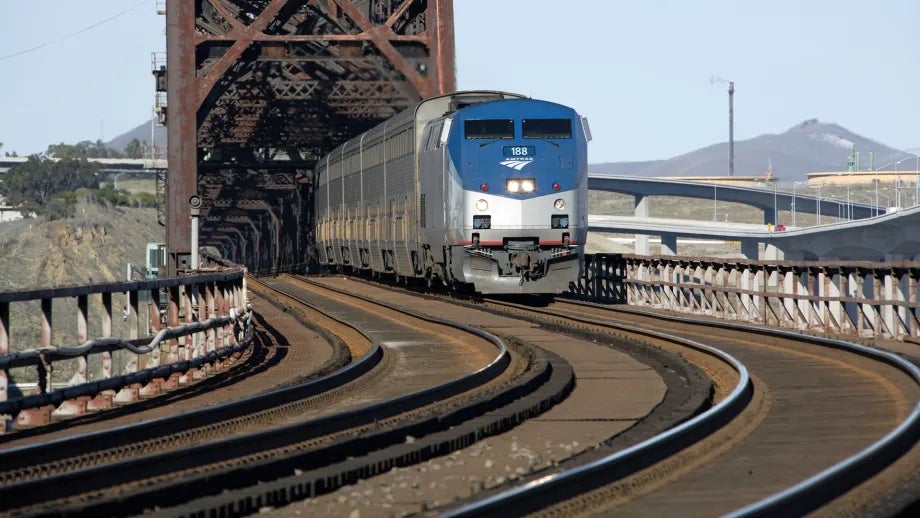Bay Area Regional Rail Partnerships Study
MTC worked with rail operators and other public agencies to explore new ways to make decisions for, manage and deliver rail infrastructure and services in the Bay Area.
In December 2021, MTC and regional partners launched the Regional Rail Partnerships Study. This study – released in March 2023 - was a collaborative effort with rail operators and other public agencies involved with passenger rail service in the Bay Area. The study makes recommendations on how agencies can collaborate and coordinate more efficiently and effectively on rail mega projects and system operations.
Going forward, the study will be a guide for updates to the rail network, with the goals of improving the experience for riders, reducing risk, improving funding opportunities and the overall value of financial investment.
Key Questions of the Study
The study looks at a high-level analysis of pros and cons but does not make recommendations for specific changes to the regional rail network.
Making Decisions for the Future of the Rail Network
- What rail network decisions could be better made at the region-wide level, instead of the agency level?
- What are the expected benefits and trade-offs of difference scales of decision-making?
Organizing Railway Capabilities in the Bay Area
- What types of entities can make the best decisions at a region-wide level?
- Which rail operators could benefit from alternative organizational models?
- What are the expected benefits and trade-offs that may come from different rail models?
Delivering Railway Mega Projects
- What is required to deliver regional projects?
- How could resources be shared to deliver projects?
- Which models address gaps and challenges and work well with the existing conditions?
Key Findings by Thematic Area
Decision Making
In considering future projects, the study identified key areas that could benefit from a regional rail effort:
- Coordinating on the order in which projects are delivered
- The path for generating new funds for projects and programs
- Deciding who delivers future projects
Possible Future Paths
When considering how these decisions could be “regionalized,” the study identified that a range of options exist, including:
- The region could create an agreement-driven forum where individual boards and commissions make recommendations to a regional body
- Use legislation to create a new entity (or empower an existing decision-making entity) to make decisions
Organizing Capabilities
The study found there was high benefit for “Regionalized” planning (long range infrastructure and service) and funding coordination and decision-making support.
The study also showed moderate benefit (meaning some benefit could occur, but requires further analysis) for procurement, project design and delivery and some customer elements (such as wayfinding).
Delivery Models
The study found that understanding individual projects in the context of the region would be an improvement over the current model of working on projects in isolation.

